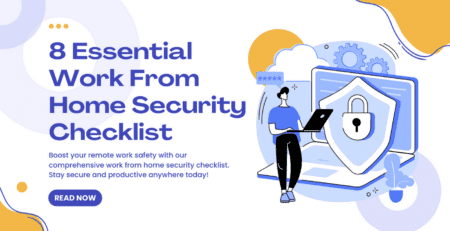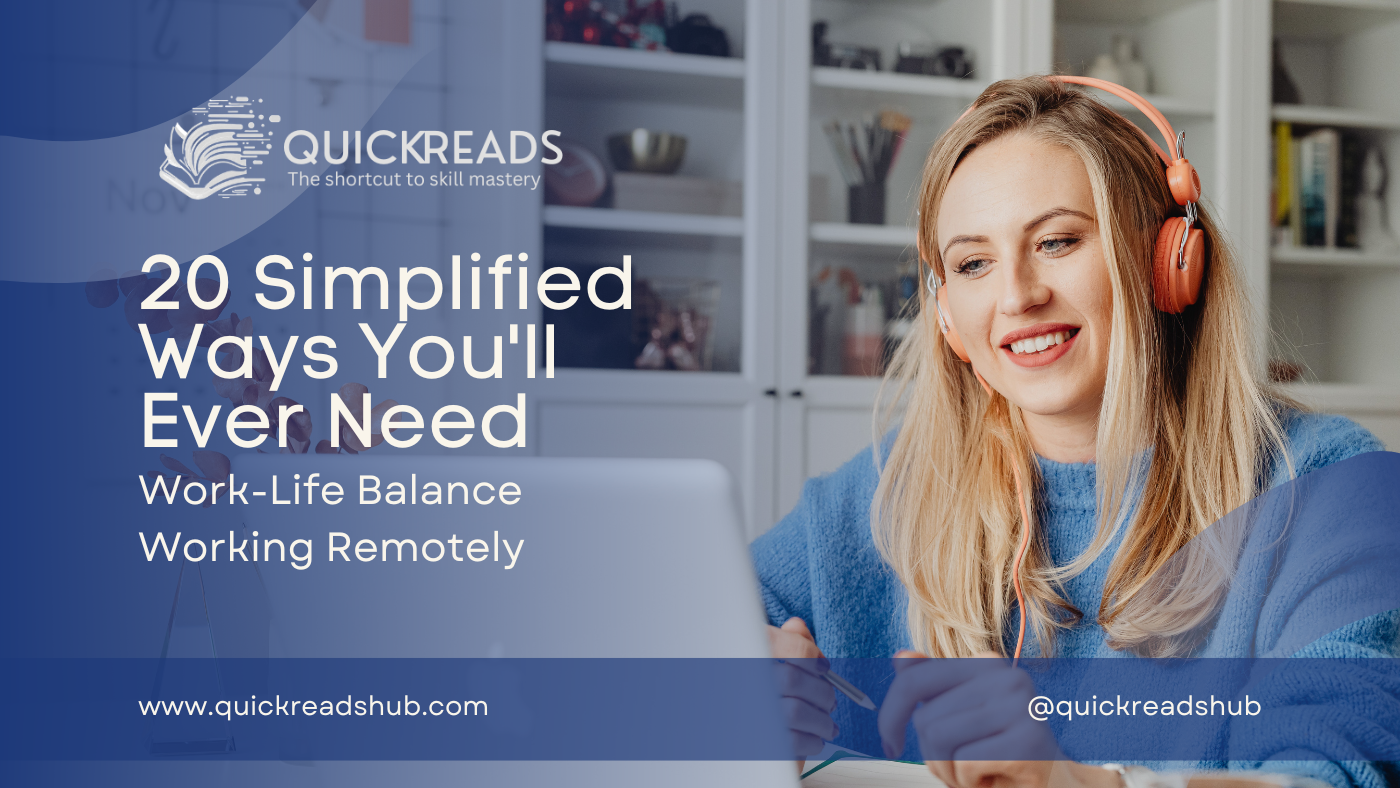Hey there, folks! Ever noticed how work has shifted from office desks to our comfy homes? That’s remote work, and it’s booming! But, it’s not all sunshine and rainbows. It comes with its own set of hurdles.
The Challenges
Working in your PJs sounds fun, right? But, it’s easy to lose track of time and tasks. Distractions are everywhere – kids, pets, chores. It’s a whole new ball game.
>> How to Overcome the Challenges of Remote Work
Work from Home Productivity
Here’s the kicker – “Work from home productivity”. It’s the secret sauce to acing remote work. Ready to dive in? Let’s unravel the mystery together! Stay tuned as we explore ways to boost your productivity while working from home.
The Importance of Productivity in Remote Work
Productivity is the heart of remote work. It’s the fuel that keeps the engine of work-from-home success running. When we’re productive, we’re efficient. We get more done in less time. This is crucial in a remote setting where time management can be a challenge.
Benefits for Employees
For remote workers, being productive can lead to a better work-life balance. It allows you to complete tasks within work hours, freeing up time for personal activities. It also brings a sense of achievement, boosting job satisfaction.
Benefits for Organizations
For organizations, high productivity among remote employees means tasks are completed on time. It leads to better efficiency and profitability. In a time where remote work is becoming the norm, maintaining high productivity is a key factor for success.
Overcoming Productivity Challenges
However, achieving productivity in a work-from-home setup isn’t always easy. Distractions, lack of social interaction, and blurred work-life boundaries can pose challenges. But with the right strategies and tools, these challenges can be overcome.
What’s Next?
In the following sections, we’ll explore practical tips to boost your work-from-home productivity. We’ll delve into how to manage your time, set boundaries, and leverage technology for a productive remote work life. Stay tuned for a packed guide filled with solutions and strategies that are easy to understand and apply.
Remember, productivity in remote work isn’t just about getting more done. It’s about working smarter, not harder. It’s about finding a balance that allows you to be efficient in your work while still enjoying your life. Let’s dive in and discover how to make this a reality.
Proven Strategies for Enhancing Work from Home Productivity
Maintaining productivity is a challenge that many professionals face. The shift from a structured office environment to the comfort of one’s home can often lead to a drop in efficiency. However, there are proven strategies that can help enhance productivity while working from home. These strategies are not only effective but can also lead to a healthier work-life balance.
Proven strategies to enhance your work from home productivity.
1. Setting a Schedule
One of the most effective ways to maintain productivity while working from home is to set a schedule. This involves defining your work hours and sticking to them. Having a clear start and end to your workday can help you stay focused and productive. It also helps to break your day into manageable chunks, setting specific times for different tasks.
2. Defining Priorities
Not all tasks are created equal. Some are more urgent or important than others. By defining your priorities at the start of each day, you can ensure that you’re focusing your time and energy on the tasks that matter most. This can also help you avoid the stress and inefficiency of last-minute rushes.
3. Minimizing Distractions
Working from home can come with a host of potential distractions, from household chores to social media. To stay productive, it’s crucial to minimize these distractions as much as possible. This might involve setting up a dedicated workspace, using productivity apps to block distracting websites, or setting boundaries with family members or roommates.
4. Creating a Comfortable Workspace
Your physical environment can have a significant impact on your productivity. A comfortable, well-lit workspace can help you stay focused and reduce the risk of physical strain. This might involve investing in an ergonomic chair, ensuring your workspace has good natural light, or decorating your workspace in a way that makes it a pleasant place to spend time.
5. Defining Boundaries
When you’re working from home, it can be easy for your work life and personal life to blur together. Defining clear boundaries can help you maintain a healthy work-life balance. This might involve setting specific work hours, taking regular breaks, or having a dedicated workspace that you only use for work.
6. Getting Exercise
Regular exercise can help you stay healthy and boost your productivity. Even a short walk or stretch break can help you refresh your mind and reduce the risk of physical strain. Try to incorporate some form of physical activity into your daily routine, whether it’s a morning jog, a midday yoga session, or an evening walk.
7. Maintaining a Commute
While one of the perks of working from home is the lack of commute, some people find that they miss the clear transition between home and work that a commute provides. If this is the case for you, consider creating a “virtual commute.” This might involve taking a short walk before and after work or spending a few minutes meditating or reading to transition into and out of work mode.
By implementing these strategies, you can enhance your work from home productivity and maintain a healthy work-life balance. Remember, the key is to find what works best for you and to be flexible and forgiving with yourself as you navigate the challenges and opportunities of remote work.
References:
- Bloom, N., Liang, J., Roberts, J., & Ying, Z. J. (2015). Does Working from Home Work? Evidence from a Chinese Experiment. The Quarterly Journal of Economics, 130(1), 165–218. Link
- Covey, S. R. (1989). The 7 Habits of Highly Effective People
- Cirillo, F. (2006). The Pomodoro Technique: The Acclaimed Time-Management System That Has Transformed How We Work.
- Hedge, A., & Ray, E. (2004). Effects of an Office Ergonomics Training and Chair Intervention on Worker Knowledge, Behavior and Musculoskeletal Risk. Applied Ergonomics, 35(6), 541–551. Link
- Buffer. (2019). State of Remote Work 2019. Link
- Pronk, N. P., Katz, A. S., Lowry, M., & Payfer, J. R. (2012). Reducing Occupational Sitting Time and Improving Worker Health: The Take-a-Stand Project, 2011. Preventing Chronic Disease, 9, E154. Link
- Microsoft. (2020). The Future of Work—The Good, the Challenging & the Unknown. Link





